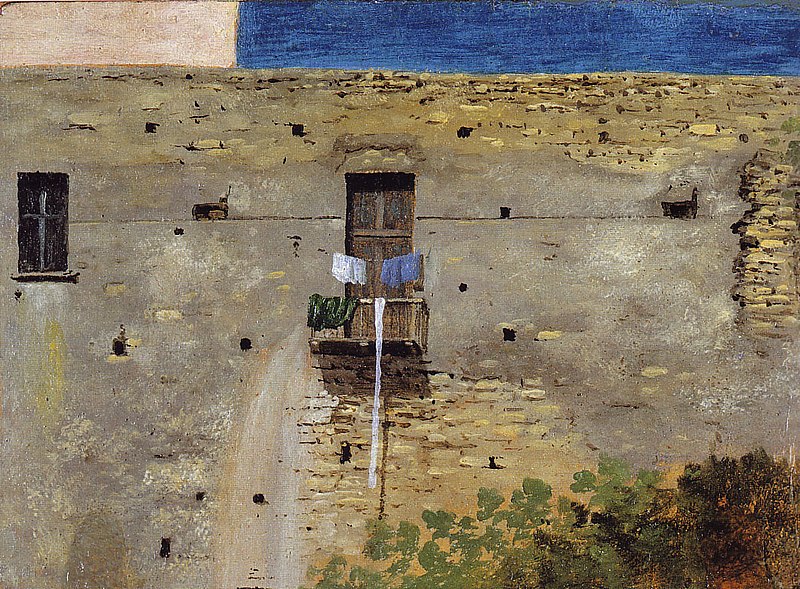
Walking by the Thames this morning, I found myself, like a tourist, taking this photograph, beguiled by the autumn mist that had turned the river into a Whistler painting. On the rare occasions when fog descends on London, you feel yourself walking through a city of the collective imagination. I suppose the most famous description of London fog is at the start of Bleak House:
'Fog everywhere. Fog up the river, where it flows among green aits and meadows; fog down the river, where it rolls defiled among the tiers of shipping and the waterside pollutions of a great (and dirty) city. Fog on the Essex marshes, fog on the Kentish heights. Fog creeping into the cabooses of collier-brigs; fog lying out on the yards, and hovering in the rigging of great ships; fog drooping on the gunwales of barges and small boats. Fog in the eyes and throats of ancient Greenwich pensioners, wheezing by the firesides of their wards; fog in the stem and bowl of the afternoon pipe of the wrathful skipper, down in his close cabin; fog cruelly pinching the toes and fingers of his shivering little ’prentice boy on deck. Chance people on the bridges peeping over the parapets into a nether sky of fog, with fog all round them, as if they were up in a balloon, and hanging in the misty clouds.'
Unlike Dickens, James Eyre Weeks has been rather lost in the mists of time. He wrote a poem 'On the Great Fog in London, December 1762' which describes the transfiguration of the city brought about by the 'black curtain drawn across the sky'. 'The trees, / as we approach 'em seem, seem like hanging webs / spun by the spider - even the great St. Paul, / with his huge dome and cupola, appears / A craggy precipice, rude, uninformed; / Or, like the ruins of an ancient fort / Upon a hill, when twilight shuts the day.' Thus the weather could reduce this city of the Enlightenment into something more primitive, and Wren's cathedral into an old 'uninformed' ruin.
As we walked closer to Tower Bridge, the mist started to lift (as did the Bridge) and the city came more to resemble Wordsworth's, 'all bright and glittering in the smokeless air. / Never did sun more beautifully steep / In his first splendour valley, rock, or hill; / Ne'er saw I, never felt, a calm so deep! / The river glideth at his own sweet will: / Dear God! the very houses seem asleep; / And all that mighty heart is lying still!'



